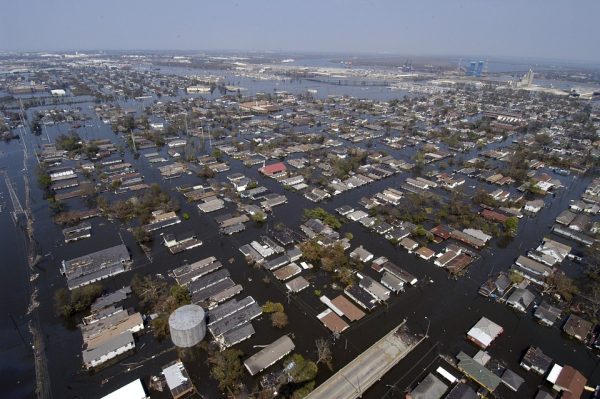
When natural disasters strike, we expect help from the federal government. But a 2019 study by researchers from the University of Pittsburgh and Rice University shows federal disaster relief aid distributes money along existing lines of wealth inequalities. In 2020 alone, wildfires decimated Pacific coast forests; tropical storms pummeled Gulf Coast towns and Northeastern cities; and freak earthquakes and tornadoes ripped through much of the country, from Texas to Ohio. Although aid from the Federal Emergency Management Agency (FEMA) has become increasingly necessary as the Earth continues heating, a recent study shows that these dollars disproportionately help those with wealth and homes.
To examine the critical relationship between natural damages and wealth, sociologists Junia Howell and James Elliott use data from the Panel Study of Income Dynamics, the Spatial Hazard Events and Losses Database for the US, the 2000 Census, and county-level FEMA information on assistance expenditures. By linking respondents to zip code level data on natural disasters, these data highlight the determinative role government aid plays in shaping socioeconomic disparities following natural crises.
They find that damages from natural hazards contribute to wealth inequality, noting that these damages exact disproportionate impacts along lines of race, education, and – crucially – homeownership. When disaster strikes, homeowners’ wealth grows, while renters’ net wealth diminishes. This results in insurance policies and disaster response programs that privilege private ownership. Troublingly, those who need the most help are often left worse off following government intervention.These ongoing disparities stem from long patterns of racial exclusion in the housing market, the classroom, and workforce. Disaster aid not only favors those with systemic advantages, like homeowners and college graduates, it often worsens already precarious conditions for those most in need. Considering the close connection between homeownership and the intergenerational transmission of wealth, these findings demonstrate the importance of recognizing systemic exclusion and marginalization as policymakers and scholars address the present climate crisis.

Comments